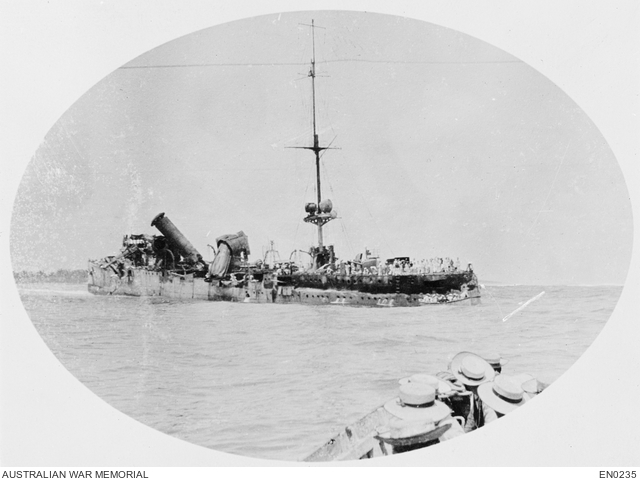In early August of 1914, the Australian Government decides that in the event of breakout of war it will support the British Empire with a military force. This decision sets in motion a series of events that will be written in the history books forever.
04 August 1914 – The British Empire declares war on the German Empire. The declaration destines Australians and New Zealanders to be sent in support of the subsequent war effort in Europe.
06 August 1914 – Major General William Bridges is appointed Commander of the Australian Imperial Force (AIF). Shortly after, the AIF begin recruiting to raise the force that will fight in Europe over the next four years.
31 August 1914 – Winston Churchill, then First Lord of the Admiralty, asks the British Imperial General Staff to commence planning for the seizure of Gallipoli Peninsula in the event that the Ottoman Empire joins Germany in the war. Churchill understands the complexity that the Ottoman Empire will add to the war in doing so.
27 September 1914 – A British naval force intercepts an Ottoman torpedo boat at the mouth of the Dardanelles Strait and orders it to turn back. The strait is then closed by the Ottoman Empire and sea mines are laid with warning signs on the cliffs surrounding the strait. This indicates the importance of this piece of geography.
28 October 1914 – The Ottoman Empire officially enters the war in support of Germany and Austria-Hungary.
01 November 1914 – The AIF dispatches a convoy of 38 Australian and 10 New Zealand troop ships from Albany and Fremantle in Western Australia. This consists of 21,500 Australians, 8,500 New Zealanders, 12,000 horses, and medical and military equipment. With the fleet being largely made up of converted merchant ships, four warships are ordered to escort the convoy: HMAS Melbourne, HMAS Sydney, HMS Minotaur and HIJMS Ibuki (a Japanese battle cruiser).

Image 1: The first Australian and New Zealand convoy crossing the Indian Ocean, sailing in three parallel lines. Taken from Albany, Western Australia on 1 November 1914. Left to right: 3rd Division; 1st Division; 2nd Division. The New Zealand ships, in the distance, are hidden by smoke. "The fleet sailed in three lines parallel to one another. This shows the three lines passing us one day at sea" said C.E.W. Bean, photographer.
03 November 1914 – British warships open fire on Turkish forts guarding the entrance of the Dardanelles Straight and Gallipoli Peninsula.
09 November 1914 – HMAS Sydney engages the German SMS Emden, a light cruiser off the Cocos Islands. SMS Emden is run aground and much of the ship’s crew are killed, injured or captured. This is widely reported in newspapers around the world and celebrated as a major success for Australia’s newly formed Navy.

Image 2: A broadside view of the wrecked German raider Emden after her encounter with HMAS Sydney near Cocos Island. Seamen, shortly to be rescued by the Sydney, crowd together on the clear end of the vessel. In the foreground several crew members look on from the fore deck of HMAS Sydney. Taken on 9 November 1914.
21 November 1914 – The hospital ship Kyarra leaves Brisbane carrying Queensland nurses of the Australian Army Nursing Service.
27 November 1914 – Major General Bridges receives a telegram from Sir George Reid, Australia’s High Commissioner in London directing that the convoy alter its course to land in Egypt rather than the original intended destination of the UK. The Canadian Expeditionary Force had already arrived in the UK and were struggling to train in the harsh British winter with very few facilities and limited infrastructure in place to support the large military build-up.
03 December 1914 – Units from the AIF begin disembarking in Alexandria, Egypt to begin training. Additional troops, most notably General Sir John Monash’s (then a Colonel) 4th Australian Brigade, set sail from Australia after a period of training in Broadmeadows, Victoria by the end of the month.
For a brief history of ANZAC Day read this article.









